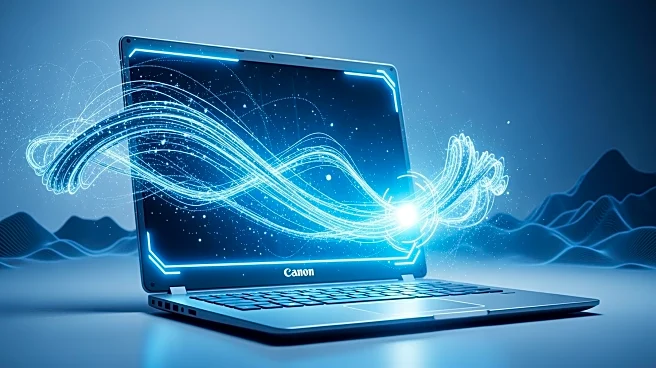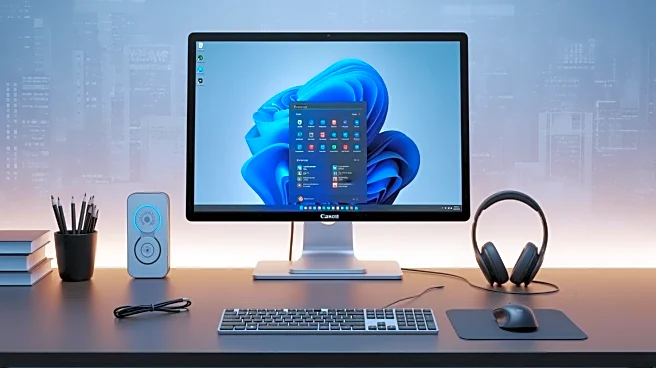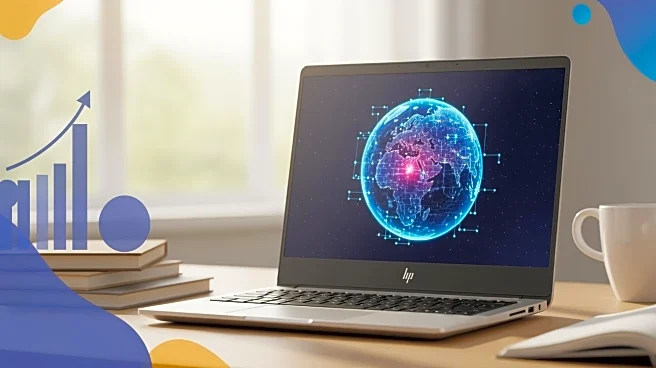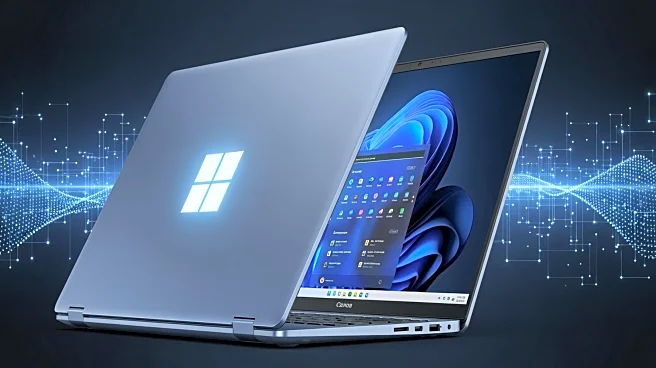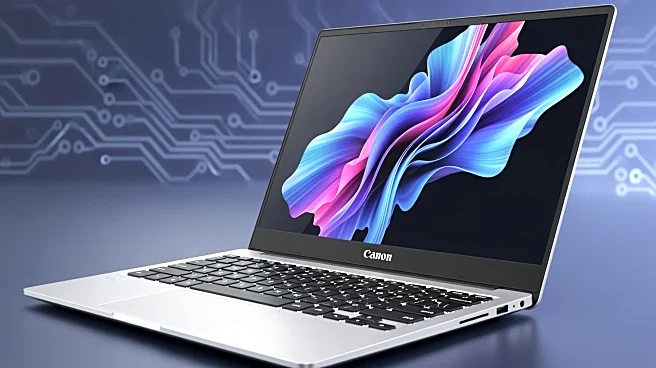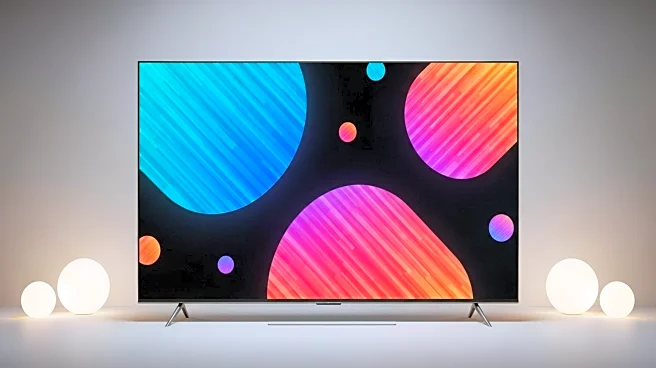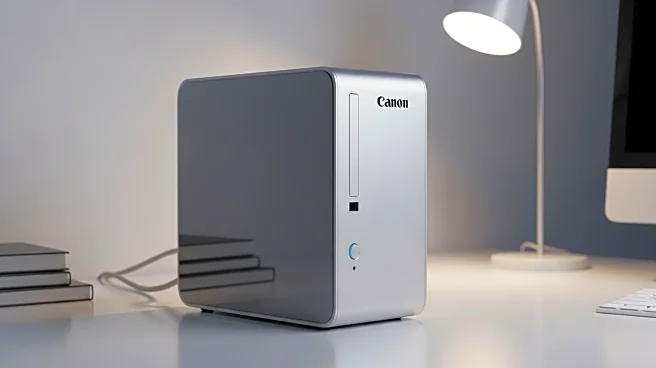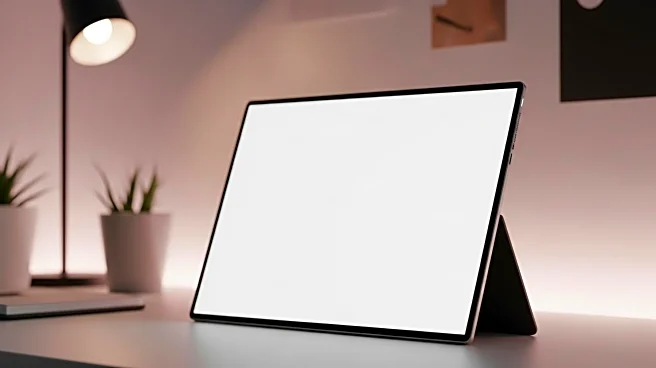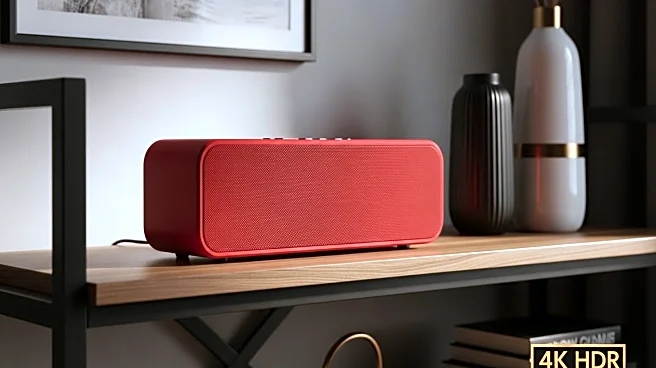What's Happening?
The HP Everyday Laptop 2025 is currently available at a significant discount, with its price reduced by 77% on Amazon. Originally listed at a higher price, the laptop is now offered at $342 for a limited
time. This model features a 14-inch screen with a resolution of 1366 x 768 and a 60Hz refresh rate, making it suitable for both work and entertainment. It is equipped with an Intel Quad-Core CPU and 16GB of RAM, ensuring efficient multitasking capabilities. Additionally, the laptop includes 128GB of UFS storage and a 256GB SD card, providing ample space for projects and files. The device comes with Windows 11 Professional, enhancing its appeal as a versatile computing option.
Why It's Important?
The substantial discount on the HP Everyday Laptop 2025 makes it an attractive option for consumers seeking a reliable and affordable computing device. This price reduction could influence purchasing decisions, especially for students and professionals who require a portable and efficient laptop for daily tasks. The inclusion of Windows 11 Professional adds value, offering users access to the latest operating system features. The sale reflects broader trends in the tech industry, where competitive pricing and frequent discounts are used to attract budget-conscious consumers.
What's Next?
As the sale is time-limited, consumers interested in purchasing the HP Everyday Laptop 2025 are encouraged to act quickly to take advantage of the discount. The competitive pricing may prompt other retailers to offer similar deals on comparable products, potentially leading to a price war in the laptop market. Additionally, the success of this promotion could influence HP's future pricing strategies and product offerings.
Beyond the Headlines
The aggressive discounting strategy employed by HP and Amazon highlights the competitive nature of the consumer electronics market. It underscores the importance of pricing in driving sales and market share, particularly in a segment where technological advancements are frequent and consumer preferences rapidly evolve. This approach may also reflect broader economic conditions, where consumers are increasingly seeking value for money amid financial uncertainties.



